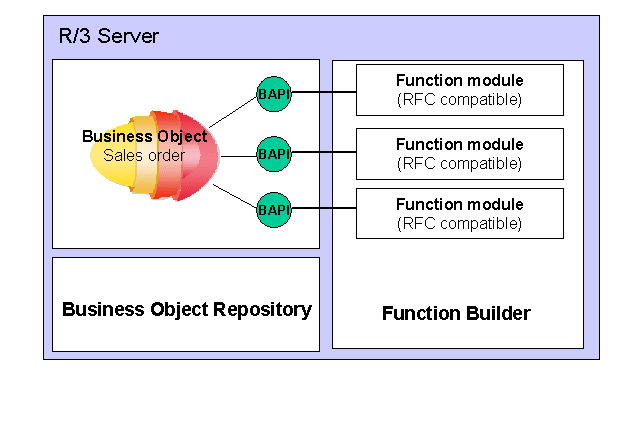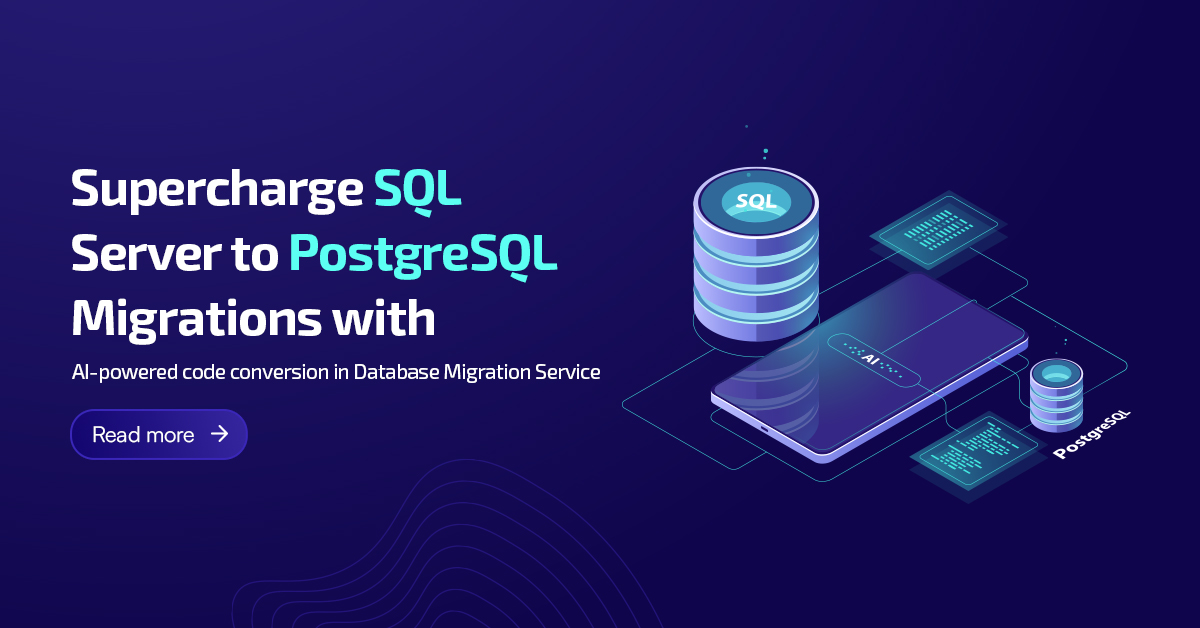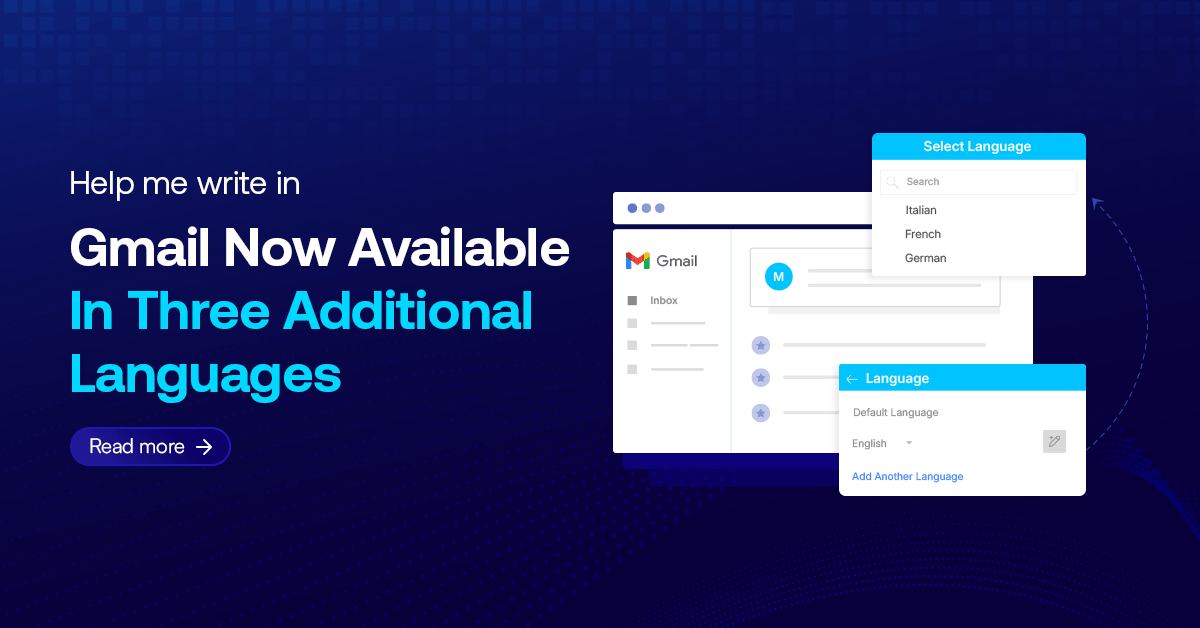
Business Application Programming Interface are standardized object oriented programming methods that enabling external applications to access business processes and data in the SAP system. Some BAPIs and methods provide basic functions and can be used for most SAP Business Objects. ABAP (Advanced Business Application Programming) is a programming language for developing applications for the SAP R/3 system.
Application Integration
• BAPI supports CRUD operation in SAP, A RFC connector bridge is established the connection for Dot Net application to build up the connectivity.
• RFC connector provides two dll SAPNCO and SAPNCO_UTIL, these two dll needs to import to the project as reference.

Connectivity code and execution of BAPI
RfcDestination destination = RfcDestinationManager.GetDestination(“ABC”);
RfcRepository repo = destination.Repository;
IRfcFunction bapiDepot = repo.CreateFunction(BapiName);
IRfcFunction custPaymentTrans =
repo.CreateFunction(“BAPI_TRANSACTION_COMMIT”);
bapiDepot.SetValue(“FROMDATE”, Convert.ToDateTime(FromDate).Date);
bapiDepot.SetValue(“TODATE”, Convert.ToDateTime(ToDate).Date);
IRfcTable rfcTable = bapiDepot.GetTable(rfcTableName);
RfcSessionManager.BeginContext(destination);
bapiDepot.Invoke(destination);
custPaymentTrans.Invoke(destination);
rfcTable.Append();
Advanced Business Application Programming
• ABAP is a programming language that runs in the SAP ABAP runtime environment which was created and used by SAP for the development of application in SAP environment, user can use SAP client to write ABAP.
• User can create function modules by using t-code.
• User has to test the BAPI by using t-code se37.
• On screen user can type function name which is called BAPI.
• For execute BAPI user has to execute by execute symbol or F8.
• Import and export parameter are there where user can easily find the input as well as output of the BAPI.






